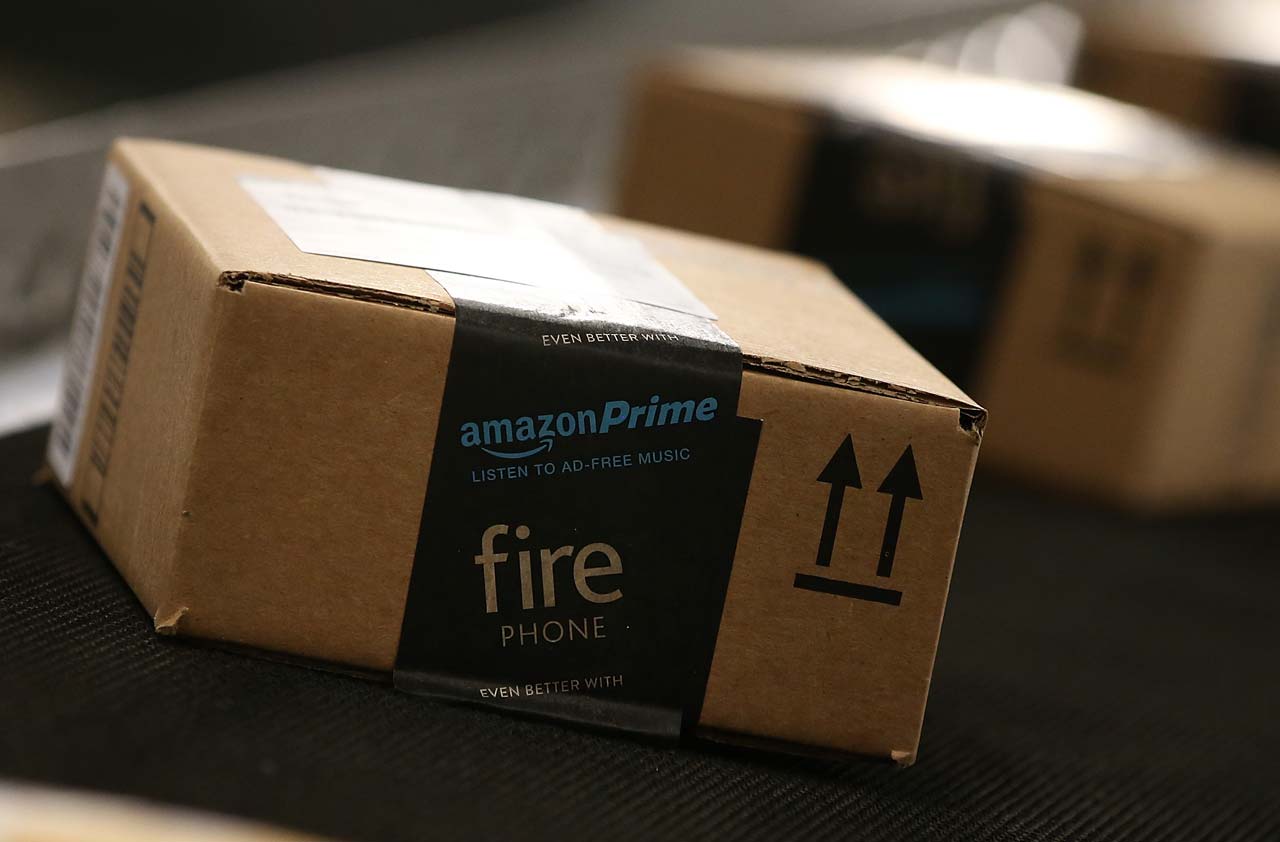Clear Choice: Hi-Def Radio
AM and FM without the snap, crackle and pop, but with a $200-plus price tag.
Terrestrial broadcasters have a new weapon to keep listeners from defecting to satellite radio: high-definition digital radio. Now broadcast on close to 1,000 U.S. stations, HD Radio promises to bring CD-quality sound to FM and FM-like clarity to AM.
Digital technology lets broadcasters send multiple channels over the same frequency, delivering more channels to FM. In addition, stations will be able to use spare HD bandwidth to stream weather and traffic reports across radio text displays.
"Multicasting" may be a draw in the future, but for now HD Radio's biggest plus is its improved audio quality -- and free broadcasts. Satellite-based rivals Sirius and XM charge about $13 per month for well over 100 digital channels of music, news, sports and talk. With HD, you get local stations and a multicast (HD2) channel or two.

Sign up for Kiplinger’s Free E-Newsletters
Profit and prosper with the best of expert advice on investing, taxes, retirement, personal finance and more - straight to your e-mail.
Profit and prosper with the best of expert advice - straight to your e-mail.
But just as with satellite radio, you'll need to spring for new hardware. An HD receiver for a car goes from $200 to more than $1,000, while a quality tabletop HD home model runs $270 to $600. Of course, HD Radio also comes in some home receivers and other audio equipment. Walkman-size receivers aren't practical yet because HD Radio needs more power than batteries can provide.
We tested the Boston Acoustics Recepter Radio HD ($300), a compact desktop unit with one built-in speaker and a separate speaker for stereo sound. HD FM clarity was excellent. We'd rate it as near-CD quality, but your experience will vary based on several factors, including terrain (hills wreak havoc on FM reception) and distance from the station's FM transmitter. HD AM was far clearer than its creaky analog ancestor, and without the cracks and pops that annoyed even your great-grandfather. As the song says, no static at all. Another plus: HD radios display song titles and artist names, a cool feature that was made popular by satellite receivers.
Most people listen to the radio in their cars, not at home. Only BMW currently offers a factory-installed HD option. The aftermarket business is more competitive and includes players such as Alpine, JVC, Kenwood, Panasonic and Sanyo.
Although HD Radio is advertised as the free alternative to satellite, that could change. Broadcasters may feel compelled to reap profits from HD, which could mean subscription-based channels, pay-per-listen events or additional fees for stations with enhanced audio.
Get Kiplinger Today newsletter — free
Profit and prosper with the best of Kiplinger's advice on investing, taxes, retirement, personal finance and much more. Delivered daily. Enter your email in the box and click Sign Me Up.
-
 Tax Time: Does Your Kid Influencer Owe Taxes?
Tax Time: Does Your Kid Influencer Owe Taxes?State Tax Some minors are making big money on social media. Here’s how to know if they need to file taxes.
By Gabriella Cruz-Martínez Published
-
 10 Major AI Companies You Should Know
10 Major AI Companies You Should KnowThese 10 AI companies are at the forefront of machine learning. Find out how they’re driving innovation and jostling to be the biggest players in the game.
By Tom Taulli Published
-
 Roth IRA Contribution Limits for 2025
Roth IRA Contribution Limits for 2025Roth IRAs Roth IRA contribution limits have gone up. Here's what you need to know.
By Jackie Stewart Last updated
-
 Four Tips for Renting Out Your Home on Airbnb
Four Tips for Renting Out Your Home on Airbnbreal estate Here's what you should know before listing your home on Airbnb.
By Miriam Cross Published
-
 Five Ways to a Cheap Last-Minute Vacation
Five Ways to a Cheap Last-Minute VacationTravel It is possible to pull off a cheap last-minute vacation. Here are some tips to make it happen.
By Vaishali Varu Last updated
-
 How to Figure Out How Much Life Insurance You Need
How to Figure Out How Much Life Insurance You Needinsurance Instead of relying on rules of thumb, you’re better off taking a systematic approach to figuring your life insurance needs.
By Kimberly Lankford Last updated
-
 Five Reasons You Shouldn't Shop on Amazon Prime Day
Five Reasons You Shouldn't Shop on Amazon Prime DaySmart Buying Think twice before getting lured into buying a bunch of stuff you don't need just because it's on sale.
By Andrea Browne Taylor Last updated
-
 Amazon Big Deal Days Is Coming! We’ve Got All the Details
Amazon Big Deal Days Is Coming! We’ve Got All the DetailsAmazon Prime To kick off the holiday season with a bang, Amazon Big Deal Days runs Tuesday, October 8 and Wednesday, October 9.
By Bob Niedt Last updated
-
 How to Shop for Life Insurance in 3 Easy Steps
How to Shop for Life Insurance in 3 Easy Stepsinsurance Shopping for life insurance? You may be able to estimate how much you need online, but that's just the start of your search.
By Kaitlin Pitsker Last updated
-
 Five Ways to Shop for a Low Mortgage Rate
Five Ways to Shop for a Low Mortgage RateBecoming a Homeowner Mortgage rates are high this year, but you can still find an affordable loan with these tips.
By Daniel Bortz Last updated